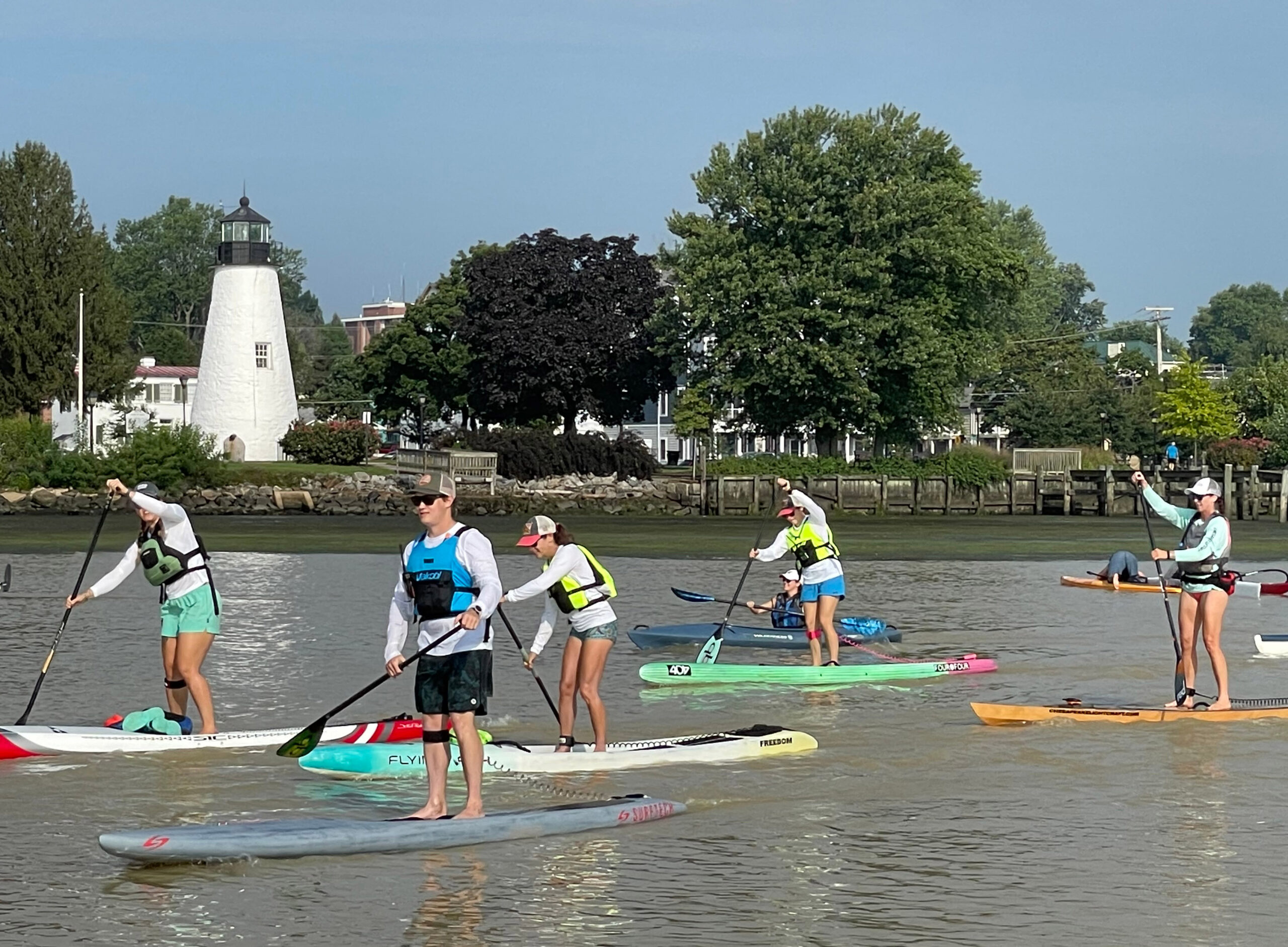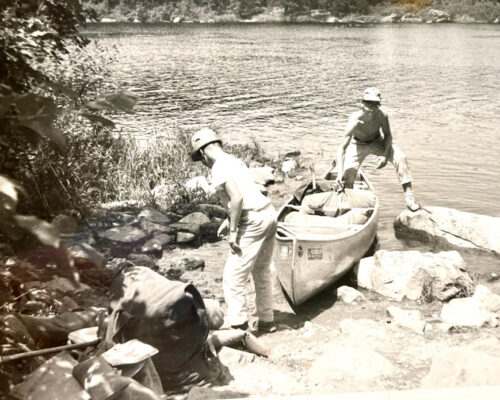There is nothing quite like exploring the Chesapeake region by water in a kayak. Or perhaps you’re more of a canoe person. These vessels are the perfect passport to the vast recreation opportunities afforded here. Just grab, go, explore, and repeat. Simple enough. But what do you do to transport said vessel? That is simple, too: a vehicle and some type of rack.
A plethora of options are available to purchase through retail giant Amazon but also through traditional brick-and-mortar stores such as REI or a paddling outfitter. I like inspecting essential gear in-person before I buy so I prefer to visit a dedicated outdoor store.
Canoes are always loaded on top of your vehicle’s roof rack upside down with the hull at the top. Paddlers use either rope or cam straps to secure the boat through the crossbars (if you don’t have them, I highly recommend you purchase a pair). Most paddlers I know prefer the cam straps due to ease. Rope is fine too, but if you plan to frequently get on the water then good cam straps will be your best friend. If traveling long distances you will want to tie the bow and stern as well.
Whatever you do, don’t use bungee cords. Since they stretch so well, one good bump could provide you with a glimpse of your boat skidding down the highway in your rear-view mirror.

No roof rack? Fear not, as you can still commute with your precious boat. Dedicated foam blocks (or even pool noodles) can be used to prevent scratches on the roof. Straps or rope are then run through the car’s windows so it can hold the canoe tight.
When transporting a kayak, the same principles apply—using cam straps and a roof rack—but there are a few more options available. These are J-racks, saddles, and stackers. Technically these could be used for canoes as well but I’ve only used them for kayaks.
The most popular is the J-rack and for good reason: they are very easy to set up. Your kayak is placed on its side at a 45-degree angle and then strapped to the vehicle. This method also works well if you are hauling two kayaks.
The saddle rack is a padded system that is placed below the hull and will allow you to move your kayak in its horizontal position. This is a good option if you will be leaving your car indoors and/or in a tight space.
Finally, the stacker rack is only appropriate if you plan on moving multiple kayaks at once. Of course, the kayaks will have to be moved in a vertical position but it makes sense if you have multiple boaters traveling together.
It goes without saying to make sure to practice setting up whatever option you use to transport your precious vessel. And double-check those straps!
Mark Hendricks is a writer and photographer based in Howard County. He is currently working on a documentary about sharks and his next book, The Central Appalachians: Mountains of the Chesapeake, will be released in Spring 2024.




